Hello from the Wordloaf Friday Bread Basket, a weekly roundup of links and items relating to bread, baking, and grain. Before we get into this week’s items, I wanted mention one thing: Next week is (obviously) election week. In a reasonable country, Election Day would be a national holiday, so our jobs would not get in the way of exercising our votes. Someday, hopefully; but in the meantime, I myself will be taking the week off to drink meditate (and work on my book). I’ll be back on 11/6, kicking off a series of previews from the stack of amazing new bread books that are coming out this fall (and for which I have many to giveaway to paid Wordloaf subscribers).
Mas de muerto
No recipe here, but here’s some more pan de muerto intel in advance of Día de Muertos tomorrow, in the form of this gorgeous Eater photo essay by Kisai Ponce and Leandro Motta on Mexico City’s Panadería Rosetta, which makes a black pdm using charred corn husks in their sugar coating:
Panadería Rosetta has been making pan de muerto since it opened in 2012, selling between 160 and 500 daily during the season that lasts between October 1 and November 3; the bakery uses orange blossom water in its recipe, giving the bread its characteristic aroma and flavor. “The essence of orange blossom is marked in our collective memory as part of our traditions here at Panadería Rosetta,” Reygadas says, crediting her mother with “passing on to me her love for Mexican celebrations.” The bakery also uses a sourdough (or masa madre) starter, resulting in a particularly soft, airy, and fluffy bread. Unsurprisingly, the pan de muerto sells out every day, and during Día de Muertos, lines are longer at the bakery than usual: “The beauty of bread lies in its freshness and its brevity,” Reygadas says. “We produce every day and bake only for the day.”
From Panadería Rosetta’s inception in 2012, Reygadas always included traditional pan de muerto covered in sugar. But in 2019, she introduced a new creation: bread of the dead mixed with totomoxtle, or corn ash, as a way to upcycle discarded corn husks from other areas of her business. The result is a striking, all-black pan de muerto. For Reygadas, the color is less about adding a decorative element than it is about history. “This reinterpretation adds a layer of metaphorical meaning, connecting the use of ash to pre-Hispanic culture and Catholic rituals while we take advantage of corn husks that would otherwise be discarded,” she says. “It’s a clear example of how heritage and symbolism come together in a single bread.”
Lavash life
recently wrote a beautiful love letter to lavash from one of its home territories: Armenia. For Armenians, the paper-thin flatbread is not merely food, it is spiritual nourishment as well: Blistered and thin as can be, lavash goes exceptionally well with almost anything: salads and dips, grilled meats and fish, soups and stews, and because it is light it is particularly welcome during Armenia’s intense summer heat. Sometimes, as in the video, the sheets are so large that when the temperature drops in winter you may dream of bundling yourself up in a giant wrap of lavash and falling asleep in a warm blanket made of bread.
Lavash does have fantastical and mystical beliefs attached to it which encourage such daydreaming. In old Armenian lore it was sometimes said that angels would fly around the tonir as bread was being baked, cursing anyone who dared offend the bakers…
“Making lavash is a form of worship, a spiritual experience not just for food,” said Artak Zargaryan as he led the way inside. “When women baked here, so many years ago, they would have also been praying. Now we bake here for our guests. They can come and see this place, to sit in silence and feel the history.”
Caroline just happens to link to a lavash recipe from yours truly, should you want to make it at home. (It’s very good, but still something I want to revisit for the book.)
Making bread whole again
recently shared an impassioned and thoughtful plea for bakers to return to the use of whole-grain, unrefined flours in their breads on his ever-excellent newsletter, Sourdough Madrigals:I care very much about the ecological cost of white flour. But I’m just as concerned by how we suffocate our creative potential as bakers by using the same lifeless product everyone else uses. If bakers began using freshly stone milled whole grain flour, we could eat less bread and be nourished more. We could restore integrity to our craft and value to our ingredients while preserving the health of the planet. Most inspiring is the creative potential of stone milled flours: unlike white flour, whole grain flours are alive. They are nutritionally dense and incredibly flavorful because everything that nature puts into whole grains is preserved in these flours. So instead of being an edible napkin like white flour, which bakers saturate with fat and salt and sugar and overripe sourdough to mask its vacuous taste like something, whole grain flours offer a full scale of texture, flavor, and nutrition which bakers can use to express themselves and where their flour comes from. After all, the food we make is a mirror. Might as well smile.
I know that the climate can be changed if bakers embrace their creativity by using whole grain flours. Otherwise, we’ll be culpable in its chaos. To me it’s clear that the world doesn’t need innovation: Mr. Musk and Mr. Bezos don’t need to develop wheat to grow on Mars, thank you very much. (And God forbid if they ever make a baguette). Their kind of innovation is not necessary because the problem is not the solution: we need more food, yes. But really, we need to eat more of the food we already have. And if we re-oriented our growing of grains and baking with them–if we preserved their integrity and our own by using them whole–the planet would slowly heal by us using less. Because in turn, everyone would be getting more.
Though I bake with white flours myself, I absolutely agree with Graison: bakers should be using whole-grain flours whenever possible, whether for the health of our planet or ourselves.
That said, I think that for the time being, doing so remains something for professionals and those with solid experience under their belts. The vast majority of breads in Breaducation will be made using refined flours (though many of them contain some amount of whole-grain flour too), since it is a book about how to bake, for those starting out on their bread journeys.
Whole-grain flours are our past and (hopefully) our future, but for now, they lack the consistency of refined flours. A bag of whole wheat from one miller will behave differently than one from another (even a whole wheat from the same miller can vary from season to season), and if you do not know how to adjust to it, it can spell disaster. Meanwhile, a bag of King Arthur all-purpose flour will perform reliably no matter where it was purchased.
I think of white flours as “training wheels” flours—until you understand what to look for in a dough, jumping to whole-grain can stymie progress toward confidence and proficiency. Once you do, however, a world of healthier, more flavorful breads awaits. (Which is why the book also contains many whole-grain breads, including the bran-scald whole wheat pictured above.)
That’s it for this week’s bread basket. Have a peaceful election week, everyone, and be sure to vote!
—Andrew




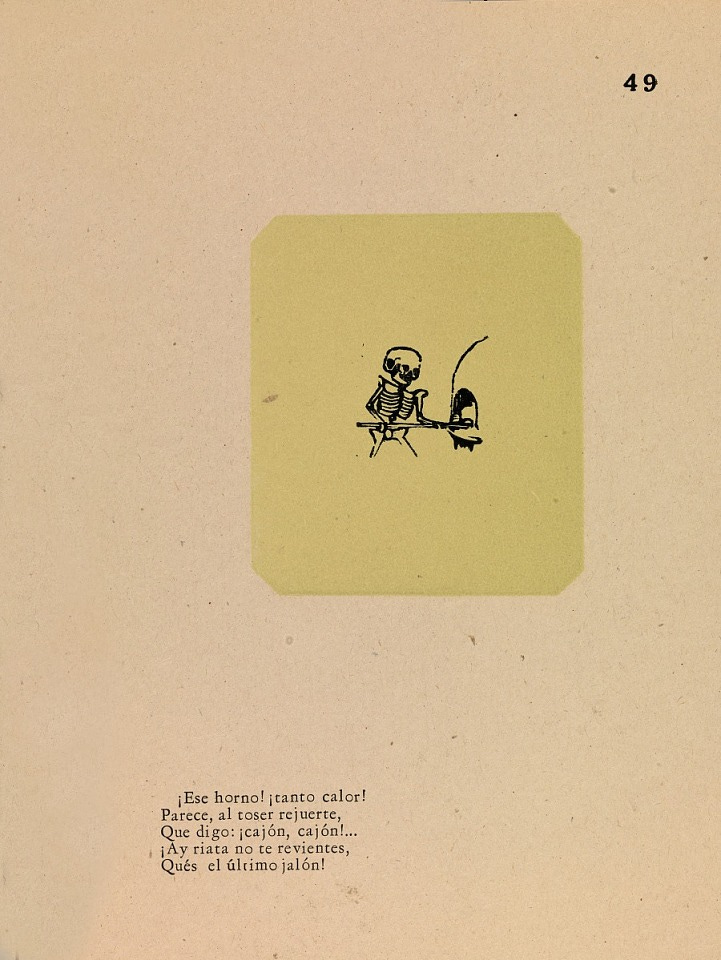
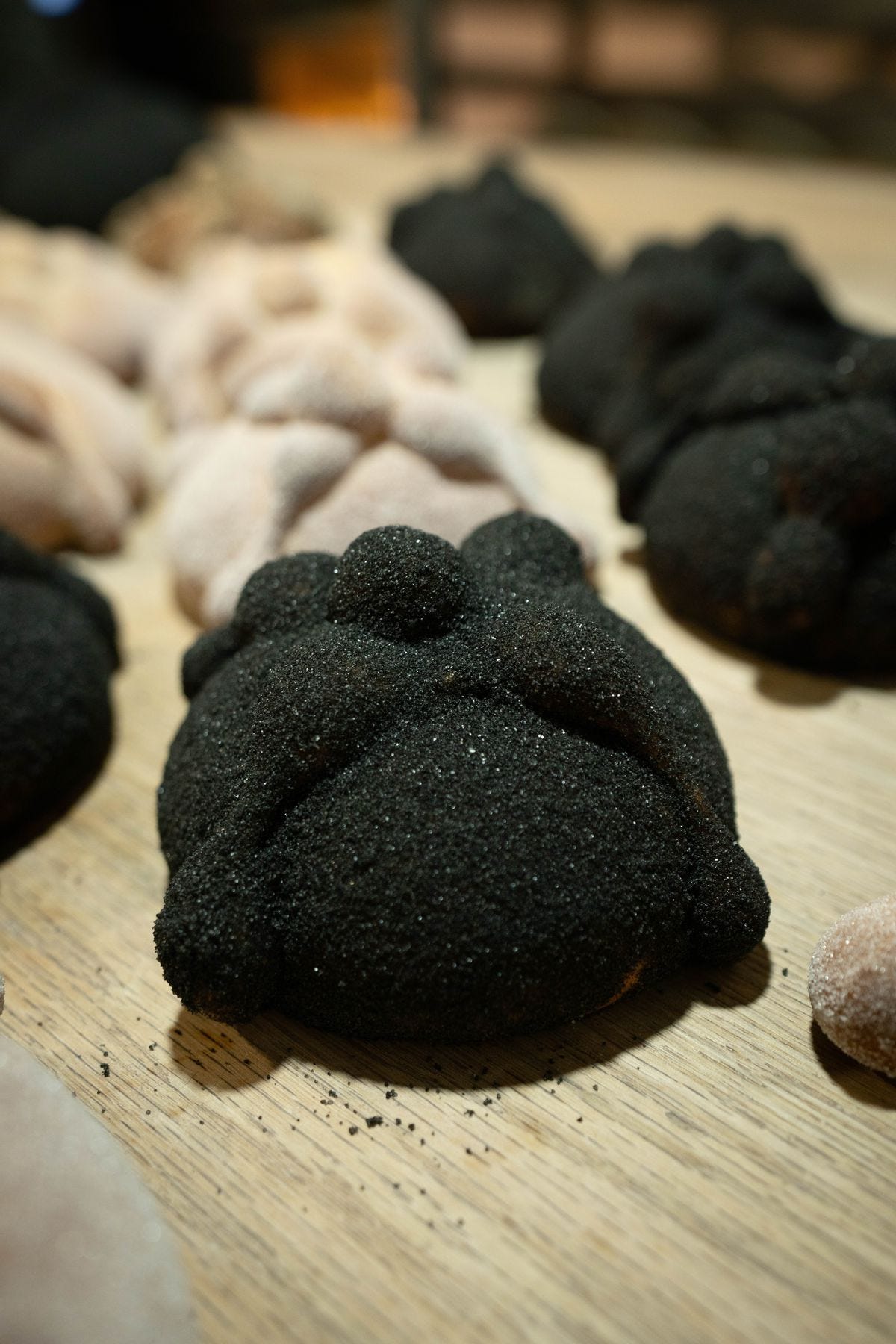

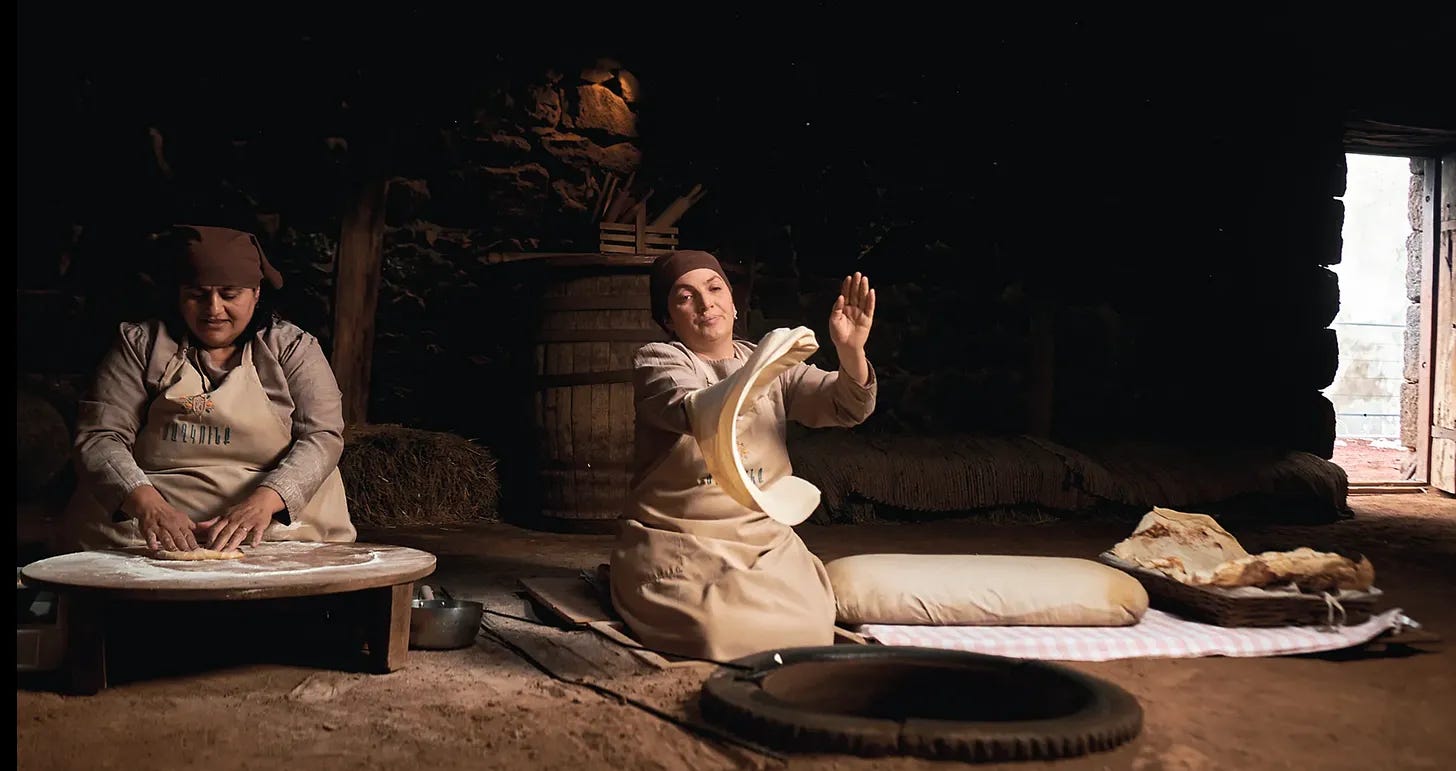

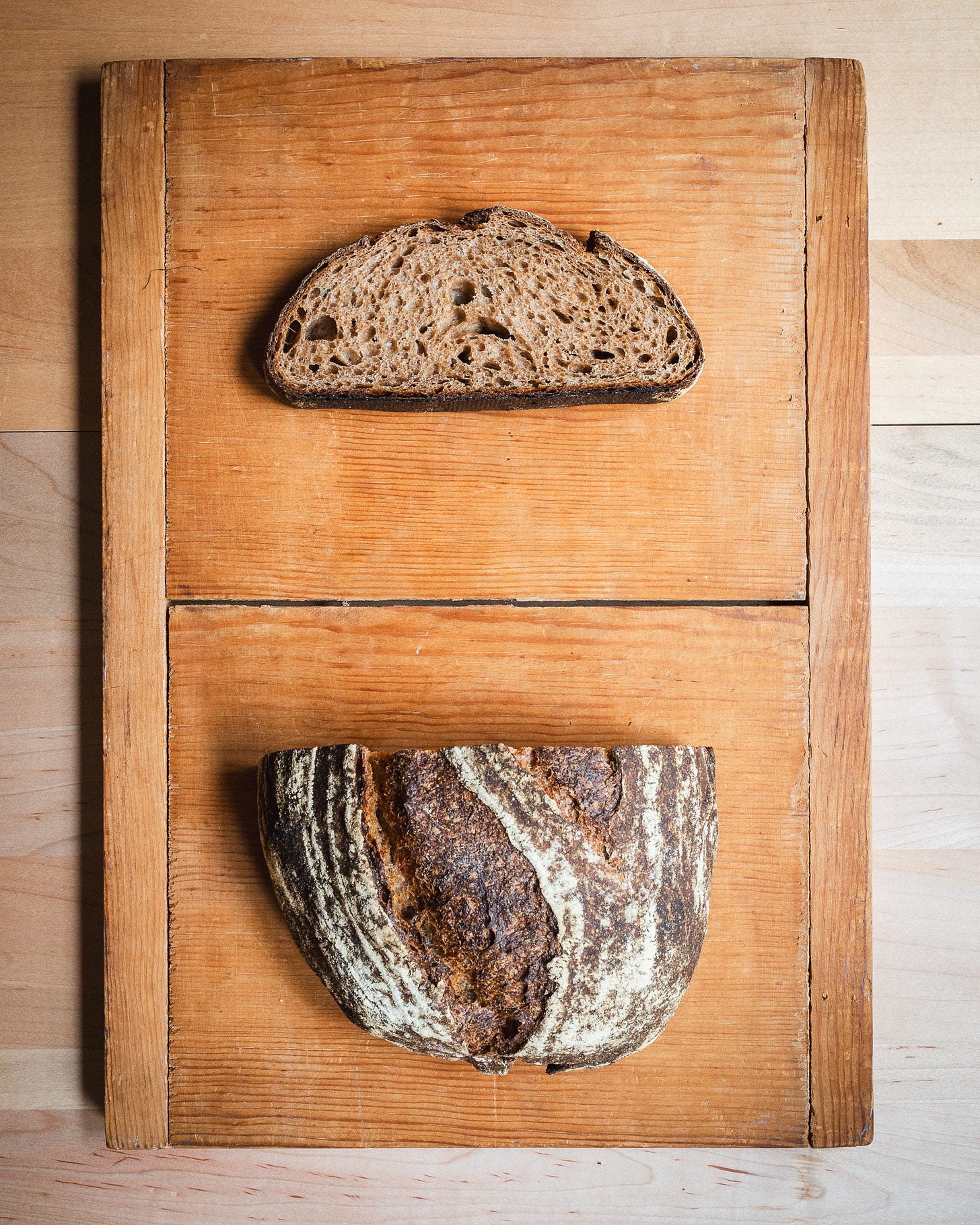

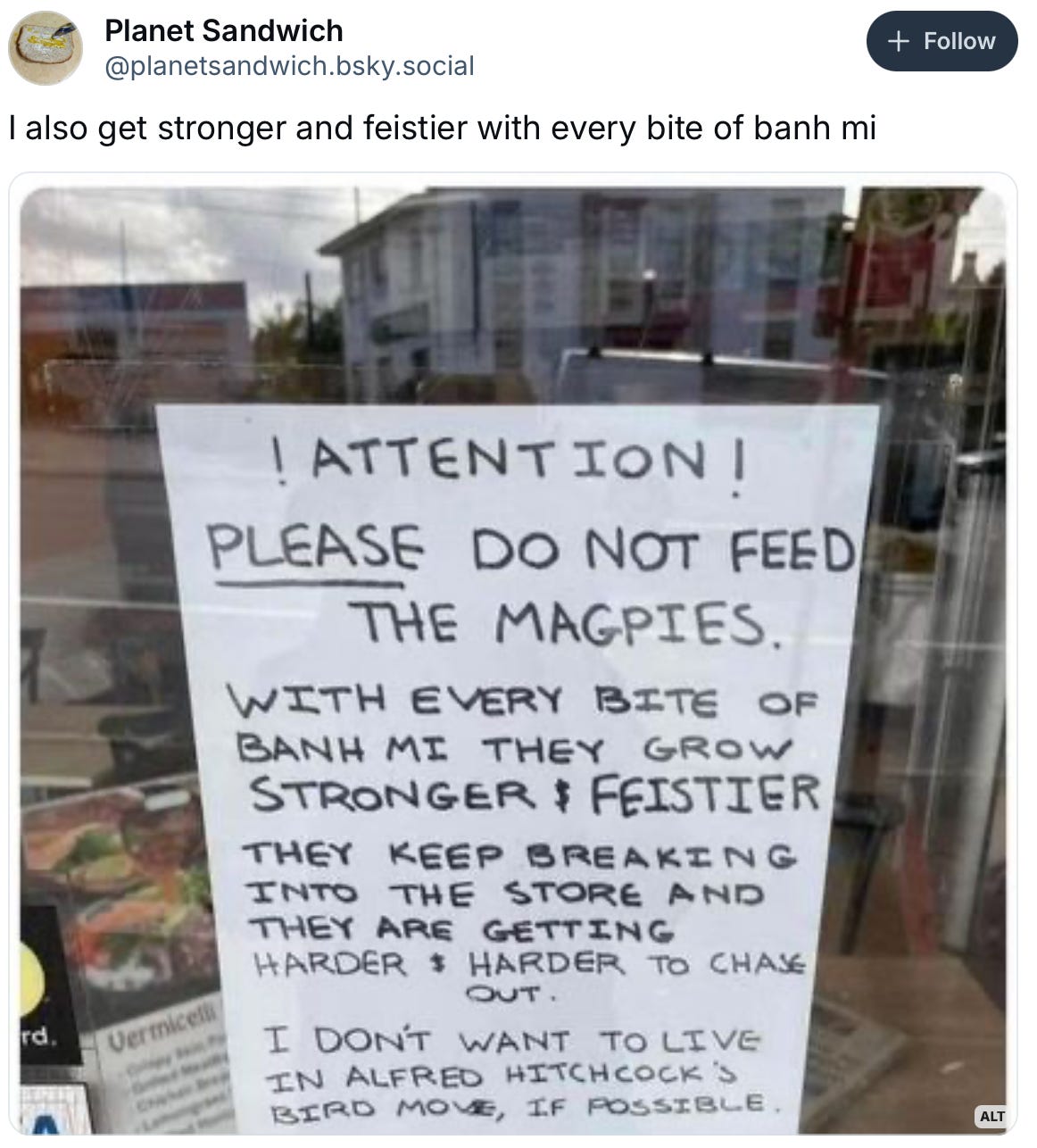
Thanks for this Bread Basket and thanks for including me Andrew!
I appreciate your work Andrew - in France Les Ambassadeurs de Pain (Bread Ambassadeurs) are finally succeeding in convincing boulangers to look at building a lot more protein and important nutrients into their bread - to decrease use of T-65 flours in favor of T-80 among other things. Christian Rémésey (professor of nutrition) has written a number of books about how to effectuate this - his works will interest you and Graison if you haven’t yet delved into these ideas. 3% starters with much longer fermentation, using starter in seed soakers to jump start fermentation (as pre ferments) porridges using yellow soy beans, chick peas and other pulses to increase protean in bread - all this to gradually wean the French and everyone to eat less white yeast leavened bread to bring bread back to its former importance as a significant source of protein.